By Laurie Pilgram, Beef and Pork Assistant
If you were to ask me what my favorite animal is, I would say a ruminant.
Ruminants are amazing because they are able to take highly fibrous materials (grass) that people can’t eat, and through their four compartment stomach and a symbiotic relationship with rumen bacteria, can convert this material into meat and milk. Converting sunshine into ice cream. What’s not to love?
However, my beautiful bovines can’t make bacon.
One of our pigs grazing on pasture in the wintertime.
Pigs are monogastrics- just like humans, they don’t have the necessary equipment to break down high amounts of cellulose (the stuff in plant cell walls that make it rigid). So while they can tolerate some fibrous materials just like us, they’re not able to use it well enough to get all their dietary needs from it.
Attempting to feed an all-grass diet to a pig would be like you eating an all salad diet with no dressing, cheese, croutons, or meat/protein. Ever. It would not be sustainable for very long. Corn is the perfect feed for energy- it’s an energy powerhouse and readily available in our region, which means we can maintain their growth and health efficiently. In addition to corn, our soy-free organic pig feed also contains peas, barley, flaxseed, vitamins, and minerals to balance out their diet.
Our pastured pigs get good nutrition from their organic feed of corn, peas, barley, flaxseed, vitamins, and minerals.
Our pigs love to root in the pastures, digging up plants and chewing on them, but it’s not a complete source of nutrients for their dietary needs. They also get vegetables from our farm- it’s been fun seeing which veggies they go for- as it turns out, even a hungry pig has preferences. We aren’t able to provide a consistent or balanced supply of “ugly” vegetables and fruits, so the purchased feed mix is the best way we can ensure proper health and growth.
In the spirit of the “full circle” ethos, a full diet completely from the farm would be ideal. For example, we’d like to grow nut-bearing trees along their pasture fence lines so that they can get more high energy nutrition that way. This summer, we plan to revitalize their pastures to have full rotations, giving them more to munch on, like sunflowers (and their seeds), radishes they can dig up, and other diverse plants. The goal we’re always working towards on our fifth-generation farm is to make the farm a better place for the health of our people, our animals and ecosystem, and the generations to come.



